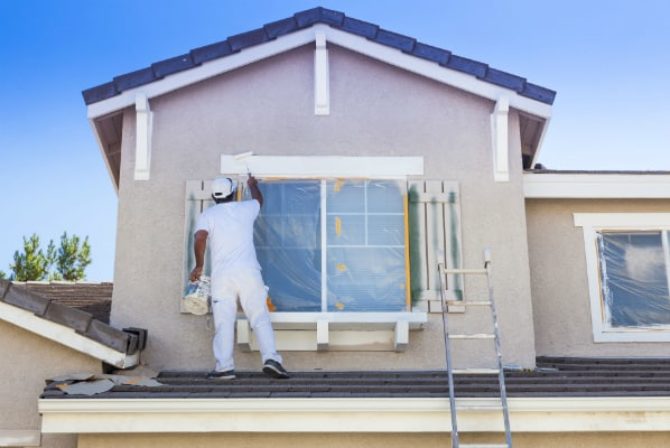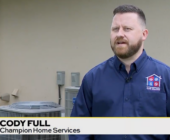
When it comes to energy efficiency, you can never be too careful. Parts of your home that you wouldn’t think to check can be costing you efficiency and taking money right out of your pocket. Here is how to seal your home for energy efficiency.
Doors and Windows
For obvious reasons, you cannot completely eliminate air escaping from your doors and windows – you have to open them sometimes! However, there are ways to ensure that air is not escaping continuously.
To prevent air from leaking out your doors and windows, you can purchase door seals and weather-stripping from your local home improvement store. Double-paned windows (though more expensive than single-pane) can also prevent air loss in the home, as the air trapped between the two panes acts as a barrier to keep the cold or heat in. By using double-paned windows you can save as much as 24% during the cold months and 18% during the hot months.
Ceilings, Walls and Floors
There are many places in your home from which air can leak out, including baseboards, attics, outlets and ducts. Cracks and gaps in these areas of the home can cost you a lot of money if you’re not careful. A home is far from energy efficient when it is ridden with breaches.
To protect and seal your home, one of the best options you can choose is to use caulking or expanding foam to fill the cracks or gaps. Even with a solid method to fix these problems, sometimes a fix is not a viable solution and you simply need to replace the broken part.
Chimneys
The air that may leak around your chimney is the biggest source of air loss in the home. Many building codes require at least a two-inch gap between the chimney and the wood framing of the house, which can cause a lot of air to leak out. The best ways to seal a leaking chimney is typically from the attic. Sheet metal, types of cement, caulking, and other methods can be used to seal the leaks from your chimney. A fireplace dampener is also an option to prevent heat from leaving your home. A dampener is a valve inserted into your chimney that can be opened or closed to regulate the flow of air.
If you’re considering a home remodel or investing in some improvements, keep these ideas in mind. Through all the precautions you can take, sealing doesn’t completely eliminate the need for proper insulation.




